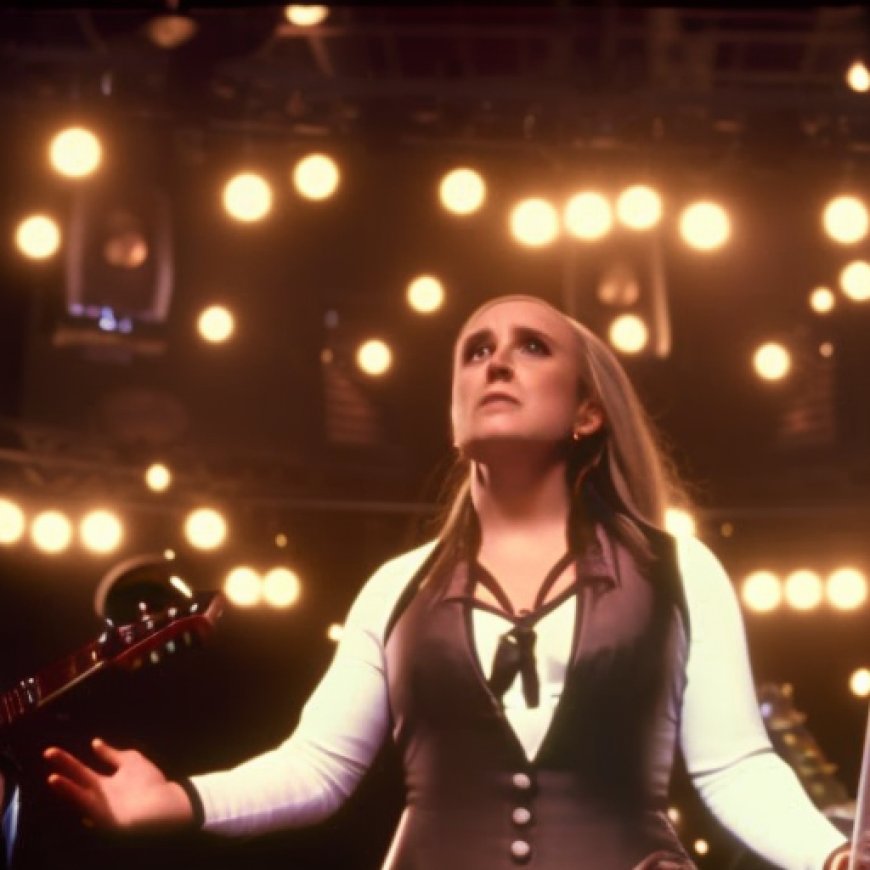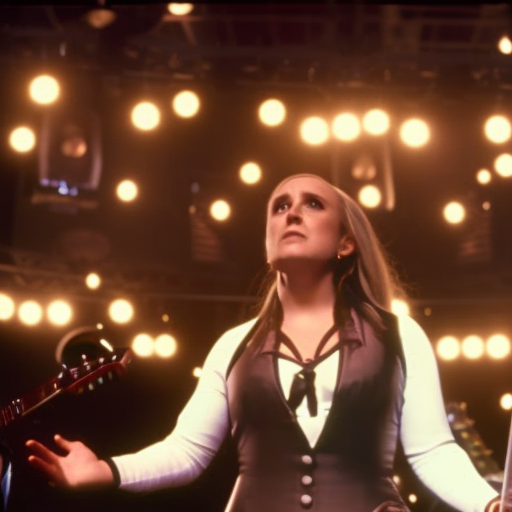Melissa Etheridge Reflects On Early Career In ‘Gender Equity In Music Report’: ‘My Queerness Protected Me’
Melissa Etheridge Reflects On Early Career In ‘Gender Equity In Music Report’: ‘My Queerness Protected Me’ Billboard


Be The Change: Gender Equity In Music Report
Today (March 8) is International Women’s Day, and to mark the occasion Tunecore has released its fourth annual Be The Change: Gender Equity In Music Report. Prepared by research firm Midia, the study offers key findings on progress and challenges around representation for women and nonbinary people in the industry.
Melissa Etheridge’s Reflections
Beyond the findings, the study includes a forward from rock pioneer Melissa Etheridge, who reflects on the discrimination she has experienced and witnessed during her four-decade career. She notes that while women have dominated the charts for decades, “typically white, male executives have profited from our labor.”
She also tracks some of the changes she’s seen during her long music career, noting that the industry has become more inclusive for women and gender expansive people since she started out in the ’80s, a time, she writes, when being gay protected her from some of the discrimination she saw straight women experiencing.
Trending on Billboard
She emphasizes how crucial it is to truly be the change one is hoping to affect, writing that “people are sometimes driven by their own misunderstanding and fear, so if you become the love you want to see, we hope they will feel that and change.”
Melissa Etheridge’s Foreword
-
It’s no secret that the music industry has historically been a boys’ club. There have been decades of music defined by incredible women dominating the charts, but behind the scenes women have often been pushed aside and prevented from reaching the same career heights while typically white, male executives have profited from our labor.
-
When I started in the business back in the ‘80s, the A&R reps who came out to see me were all men. There were very few women in the business, and this was the norm at the time.
-
In the late ‘80s, the industry started to change. There was finally a bit of interest in women artists’ music and experiences. In 1988, when I was finally signed and my album came out, women were starting to break through the industry wall. Tracy Chapman, k.d. lang, Toni Childs, and Sinéad O’Connor were writing and releasing songs, and people finally started paying attention and realizing we had something to say.
-
In music—as in life—being a woman comes with its own set of obstacles, both seen and unseen. Ranging from unequal pay and a diminished sense of autonomy to the countless cases of sexual harassment and abuse that have come to light in recent years from all corners of the industry. And, these obstacles are compounded for women of color and gender expansive individuals.
-
What was the hardest for me was also a blessing. I was lucky enough to find steady work in L.A.’s lesbian bars, so when I entered the music industry, it was already known that I was gay. It changed the way people responded to me. I didn’t experience the same sexual harassment as straight women did in the industry. Men stood back and didn’t know how to deal with me, so in a way, my queerness protected me.
-
To me, BE THE CHANGE means that when you try to spend your time and energy trying to change everyone else – that’s a rough road. The best change is to become what you want to see. You want to see more peace, more inclusiveness and understanding? Then you need to be more peaceful, inclusive, and understanding.
-
I’ve been around in the music industry for over 40 years now – long enough to see how far women and gender expansive musicians have come. It’s really important to give thanks for that so that this work doesn’t feel so impossible. It used to be that people were either straight or gay and now there’s a beautiful rainbow – a whole sphere of beings and ways of being, and it’s important to celebrate that. The best thing to do is not to make it an issue of us against them. People are sometimes driven by their own misunderstanding and fear, so if you become the love you want to see, we hope they will feel that and change.
-
The history of our industry does not have to be a vision of its future. Studies like BE THE CHANGE: Gender Equity In Music educate our peers and help close the perception gap through storytelling and provide actionable solutions to combat gender-based discrimination.
-
Through this, we can reshape the face of music. We can work together to create a more equitable, accessible, and inclusive industry, where people of all backgrounds, sexualities, abilities, and gender identities are granted the same opportunities for success.
SDGs, Targets, and Indicators
SDGs Targets Indicators SDG 5: Gender Equality 5.1 End all forms of discrimination against all women and girls everywhere No specific indicators mentioned in the article SDG 10: Reduced Inequalities 10.2 By 2030, empower and promote the social, economic, and political inclusion of all, irrespective of age, sex, disability, race, ethnicity, origin, religion or economic or other status No specific indicators mentioned in the article SDG 16: Peace, Justice and Strong Institutions 16.7 Ensure responsive, inclusive, participatory and representative decision-making at all levels No specific indicators mentioned in the article 1. Which SDGs are addressed or connected to the issues highlighted in the article?
The issues highlighted in the article are connected to SDG 5: Gender Equality, SDG 10: Reduced Inequalities, and SDG 16: Peace, Justice and Strong Institutions.
2. What specific targets under those SDGs can be identified based on the article’s content?
Based on the article’s content, the specific targets that can be identified are:
- Target 5.1: End all forms of discrimination against all women and girls everywhere
- Target 10.2: By 2030, empower and promote the social, economic, and political inclusion of all, irrespective of age, sex, disability, race, ethnicity, origin, religion or economic or other status
- Target 16.7: Ensure responsive, inclusive, participatory and representative decision-making at all levels
3. Are there any indicators mentioned or implied in the article that can be used to measure progress towards the identified targets?
No specific indicators are mentioned or implied in the article that can be used to measure progress towards the identified targets.
4. SDGs, Targets and Indicators
SDGs Targets Indicators SDG 5: Gender Equality 5.1 End all forms of discrimination against all women and girls everywhere No specific indicators mentioned in the article SDG 10: Reduced Inequalities 10.2 By 2030, empower and promote the social, economic, and political inclusion of all, irrespective of age, sex, disability, race, ethnicity, origin, religion or economic or other status No specific indicators mentioned in the article SDG 16: Peace, Justice and Strong Institutions 16.7 Ensure responsive, inclusive, participatory and representative decision-making at all levels No specific indicators mentioned in the article Behold! This splendid article springs forth from the wellspring of knowledge, shaped by a wondrous proprietary AI technology that delved into a vast ocean of data, illuminating the path towards the Sustainable Development Goals. Remember that all rights are reserved by SDG Investors LLC, empowering us to champion progress together.
Source: billboard.com

Join us, as fellow seekers of change, on a transformative journey at https://sdgtalks.ai/welcome, where you can become a member and actively contribute to shaping a brighter future.







